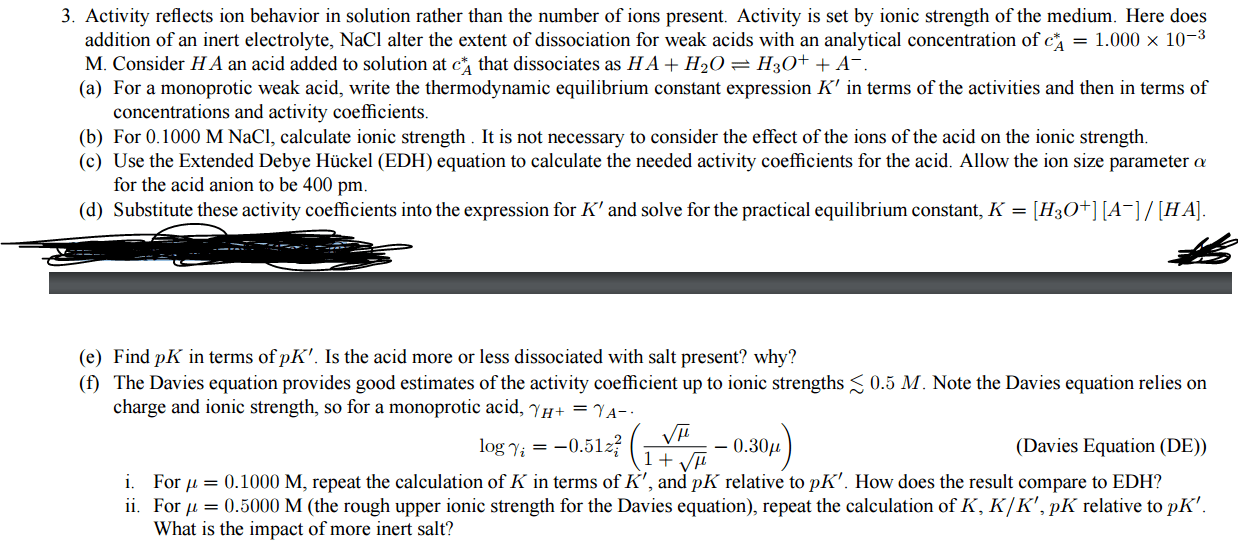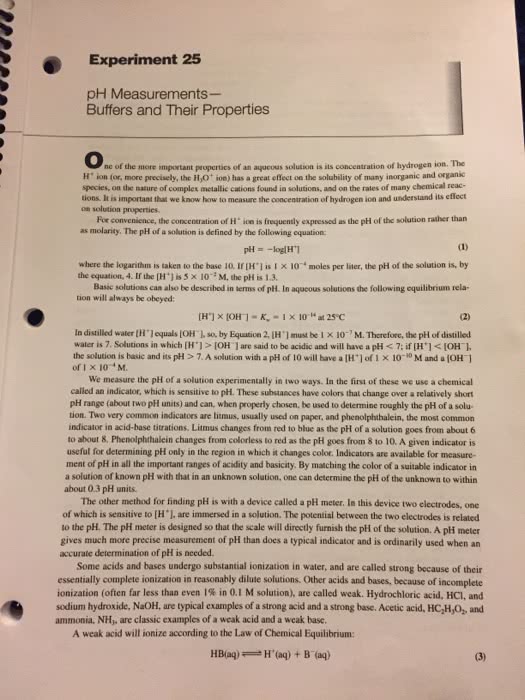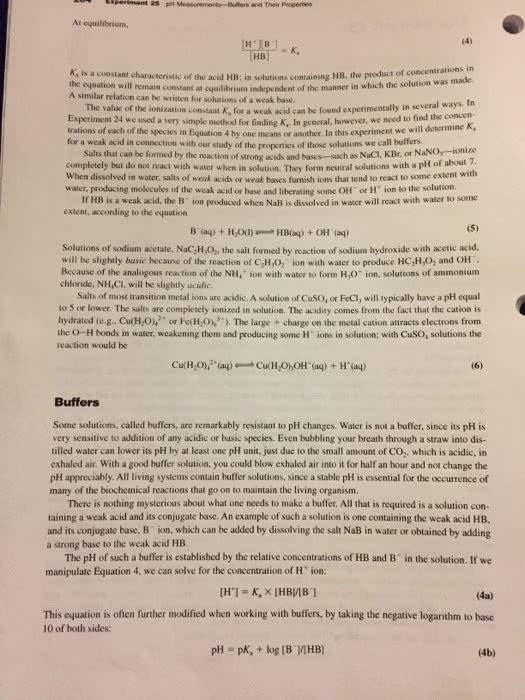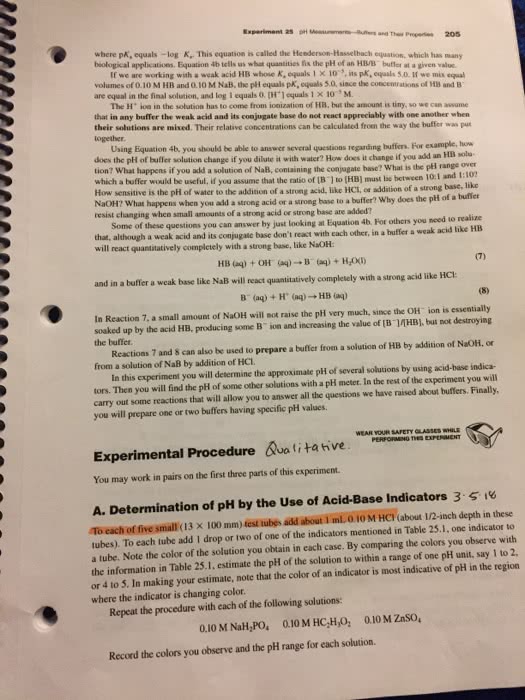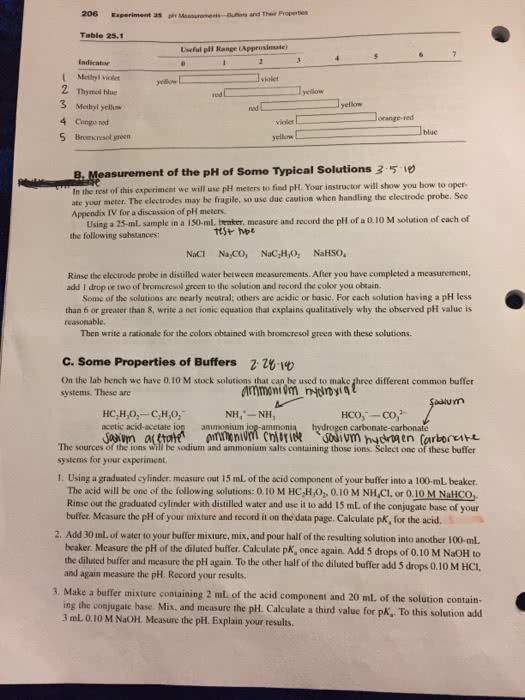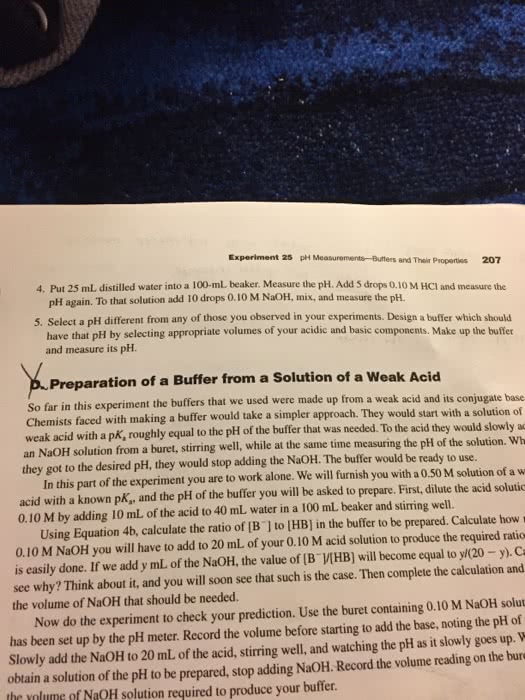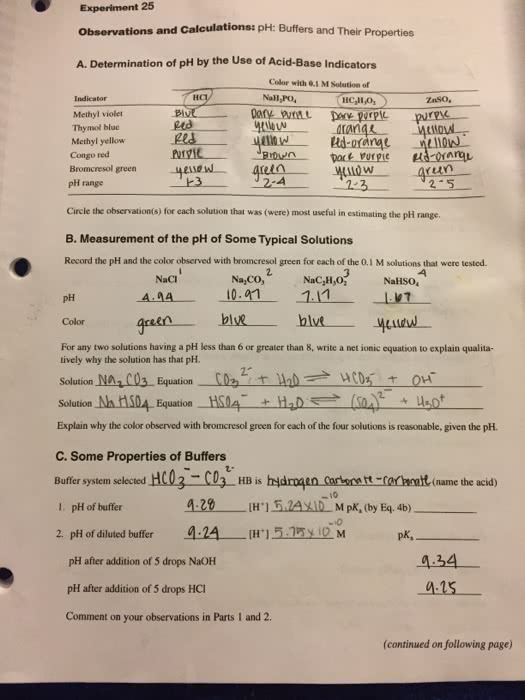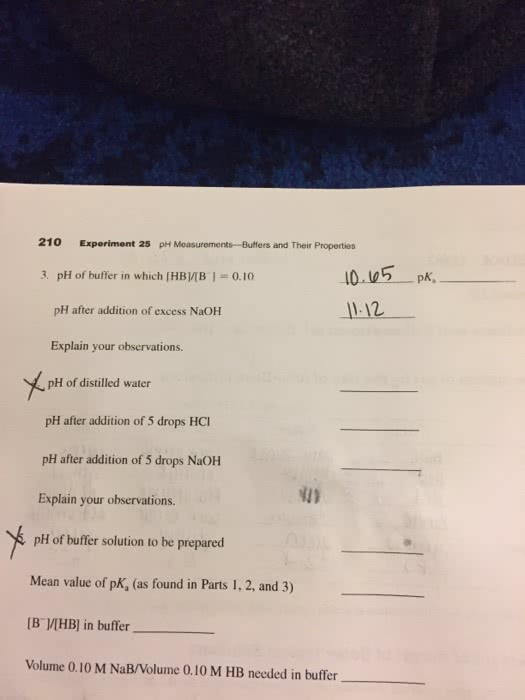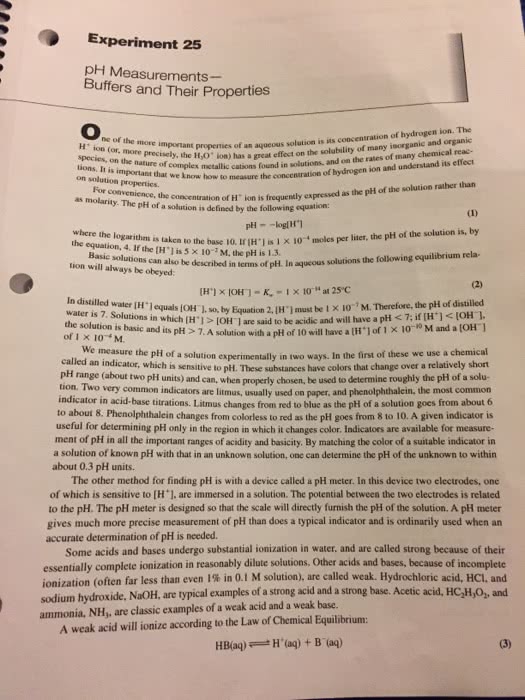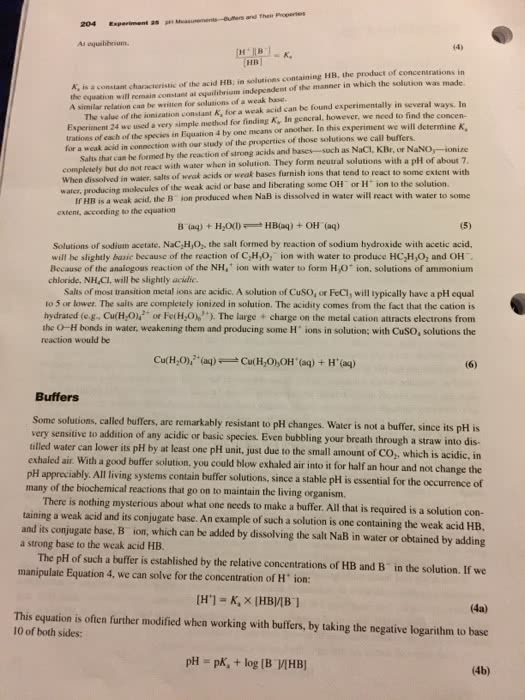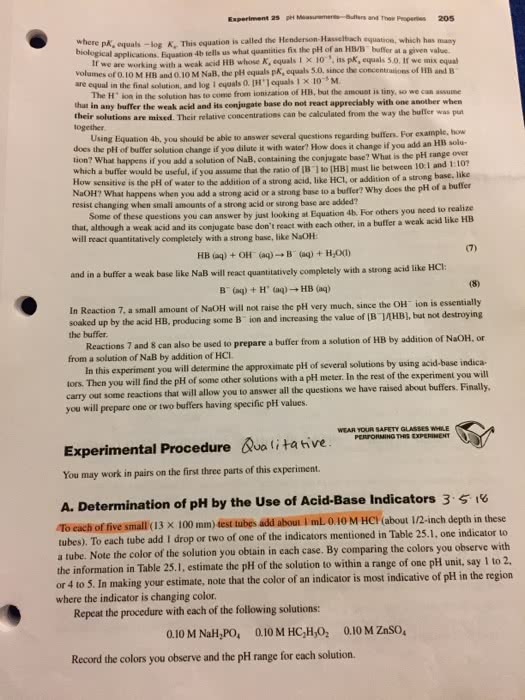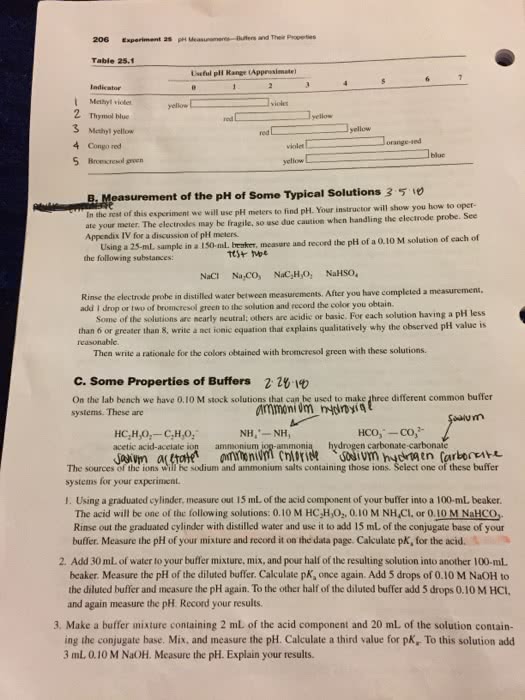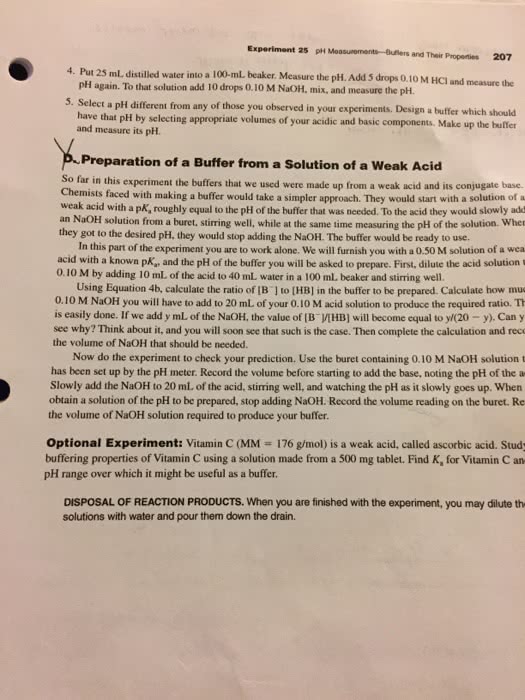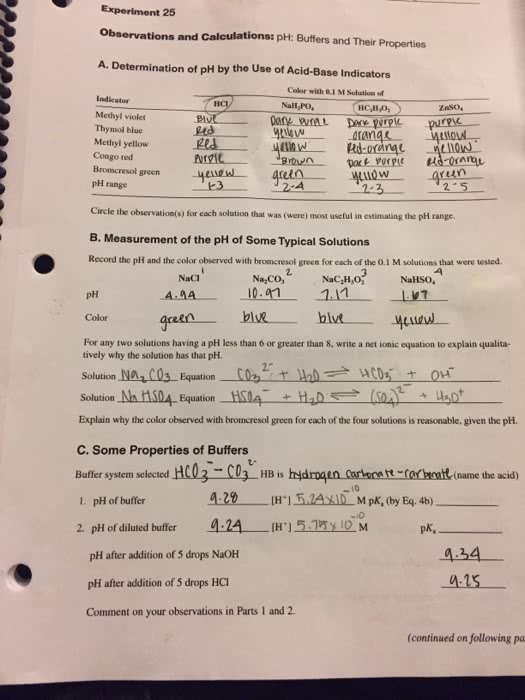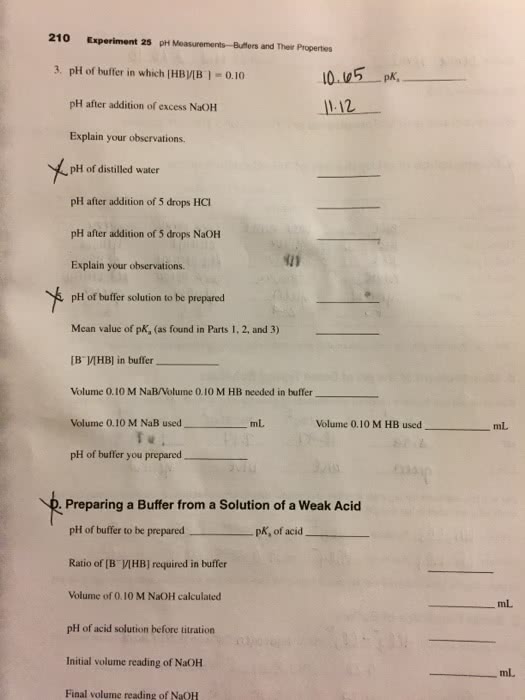CHEM 120 Lecture Notes - Lecture 20: Weak Base, Acid Dissociation Constant, Equivalence Point

Activity: effective ionic concentration (a), applied to all terms
- Activity of pure water is constant
- Activity of dilute solutions: aHA → [HA]aq/co where c0 = 1 M
5% approximation: simplify equations by ignoring x when the dissociating constant is very small,
less than 5% decomposition/ionization change ( )
Levelling Effect: the inability of a solvent to differentiate among the relative strengths of acids
- All strong acids/bases are equally strong in water because the strongest acid possible is
H3O and the strongest base is OH-
- H20 exerts a levelling effect on any strong base/acid
- Differentiating Effect: same as levelling; in a solution with a weak base, such as acetic acid,
protonation doesnt occur to completion so strong acid particles remains (as a result,
relative strength of the acid can be calculated)
Common Ion Effect: the shift in eq. caused by the addition of a compound having an ion in common
with a dissolved substance; additions are common to eq. & suppresses the ionization of a weak
acid/base
When a salt supplies the
common anion CH3COO- the eq. shifts to form more CH3COOH
- The addition of CH3COO reduces the %dissociation of the acid
- Reaction shifts to the left when a dissolved substance is added to a solution with a common
ion
o Reaction always shifts where the concentration is almost 0
- If you add NH4 to a solution, reaction will shift to form more NH3
Buffers: systems that resist pH change by adding:
- weak base & conj. acid OR weak acid & conj. base or incomparable (equimolar amounts)
Henderson – Hasselbalch Equation: pH = pKa + log[(conj.base)/(acid)] → pH = pKa
- equation only works when, 0.1 < [A-]/[HA] < 10, [A-] > 10 Ka, [HA] > 10 Ka
A buffers ability to convert a strong acid to a weak acid minimizes the effect of the addition on the
pH; water can not work as a buffer too low
Steps for a Buffer Solution:
- weak acid
- weak acid & salt
- salt of a weak acid
- vis-versa for weak bases
find more resources at oneclass.com
find more resources at oneclass.com

26
CHEM 120 Full Course Notes
Verified Note
26 documents
Document Summary
Activity: effective ionic concentration (a), applied to all terms. Activity of dilute solutions: aha [ha]aq/co where c0 = 1 m. 5% approximation: simplify equations by ignoring (cid:494)x(cid:495) when the dissociating constant is very small, less than 5% decomposition/ionization change ( []0 ) Levelling effect: the inability of a solvent to differentiate among the relative strengths of acids. All strong acids/bases are equally strong in water because the strongest acid possible is. H20 exerts a levelling effect on any strong base/acid. Differentiating effect: same as levelling; in a solution with a weak base, such as acetic acid, protonation doesn(cid:495)t occur to completion so strong acid particles remains (as a result, relative strength of the acid can be calculated) Common ion effect: the shift in eq. caused by the addition of a compound having an ion in common with a dissolved substance; additions are common to eq. & suppresses the ionization of a weak acid/base.


